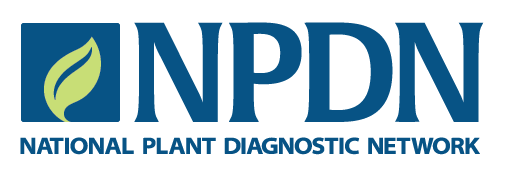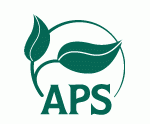Plant parasitic nematode are little tiny “worms” that attack plants. Mostly are soil inhabitants, therefore roots are the usual target of plant parasitic nematodes. On the golf course, plant parasitic nematode can be a huge problem. On golf greens, their effect on the grass can reduce the quality of the grass, in terms of growth and vigor. This could affect playability. Several years ago, products that are available as nematicide were removed from the market. One such product that had been the standard chemical treatment on golf greens for nematodes is Nemacur which was quite effective in knocking down nematode populations. With the loss of this product, there are still other products that are available to manage plant parasitic nematodes. These range from the expensive chemical fumigations to the botanical products (oils,etc…) to biological agents (bacterial or fungal antagonists). All these methods of control work to some degree. A golf course superintendent has to weigh the economics of maintaining the course for playability to the cost of treatment while having to make sure that nematodes are kept in check. Usually there are other things also going on with the golf course, whether it is other disease, insect or fertility issues. Management effectively is a challenge and to some degree an art of using the science behind the products.

Sting nematode
Recently, Avid® (a product containing abamectin) was given a Special Local Needs (SLN) registration to control ring and sting nematodes on golf green in Texas. We joined Alabama, North Carolina, South Carolina, Georgia and Oklahoma in getting this registration so that Texas golf superintendents can legally use this product as another option against the nematodes that are mentioned. This is a stop-gap measure to provide an additional option to the golf superintendent with the hope that a more effective product will be developed soon. Avid® does have nematicidal activities, but the biggest problem is that it does not move well in the soil profile. This is a concerns because for a product to work well, it has to get to where the pathogen is (in this case, the root region). The instruction on the product label have specific application instruction which have been tested to allow the product to be effective. If not used properly, the product might just be at the very top and not be effective at all. So the message is READ the label and FOLLOW it. This will hold true for all pesticide labels.
As with all registered pesticide label, please note that there will be the following information: where and when you can use the product. More importantly, how to use the product properly. These information is found in all registered pesticide label – and that includes homeowner labeled products. If you have problems understanding pesticide label, please contact your local AgriLife Extension Service office for assistance.



